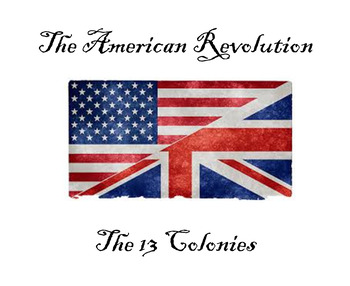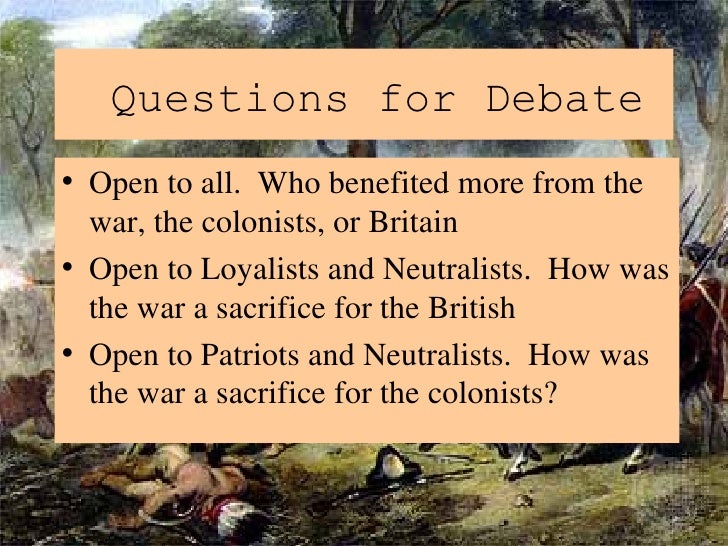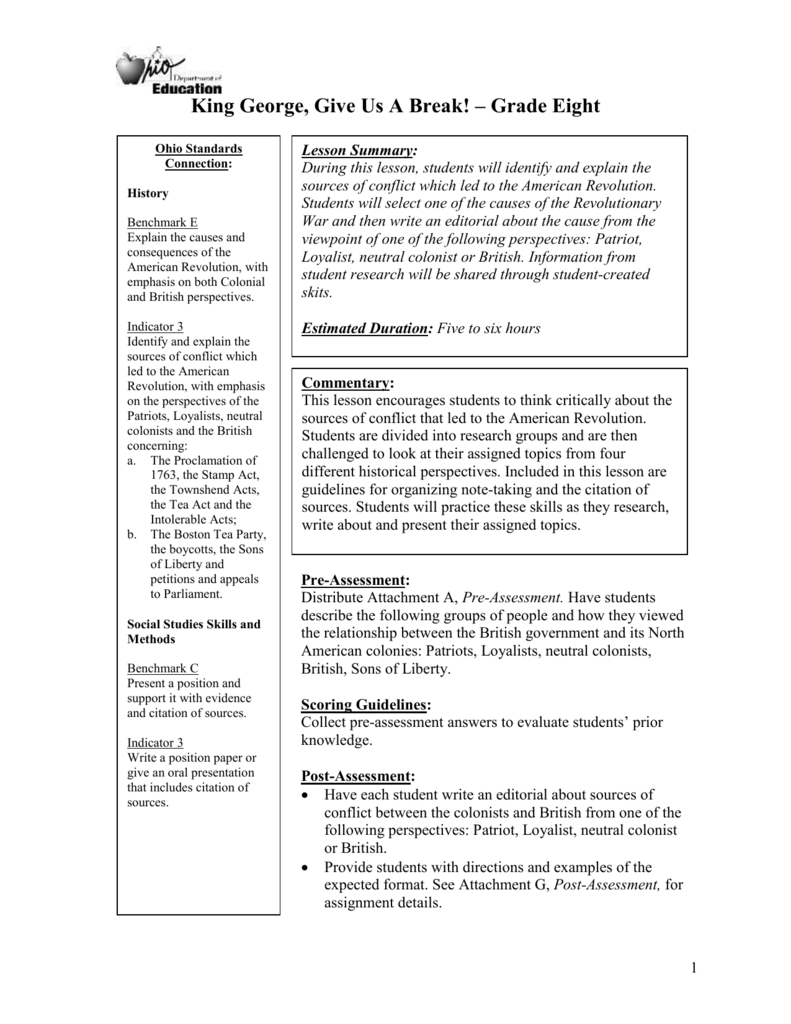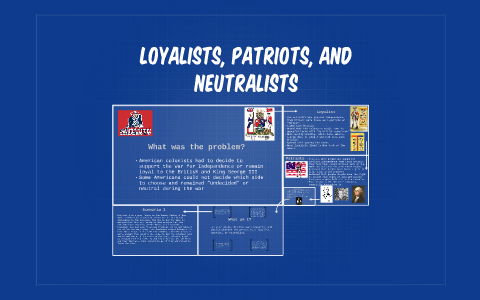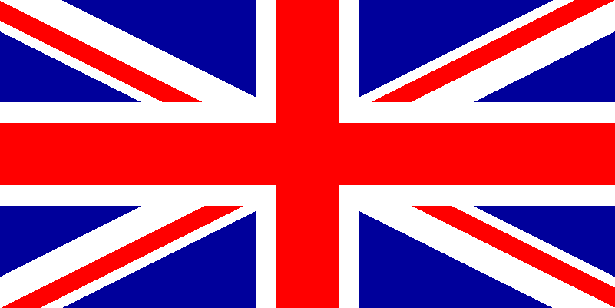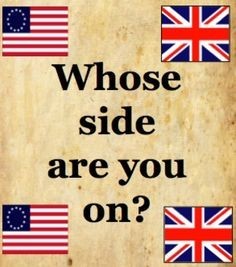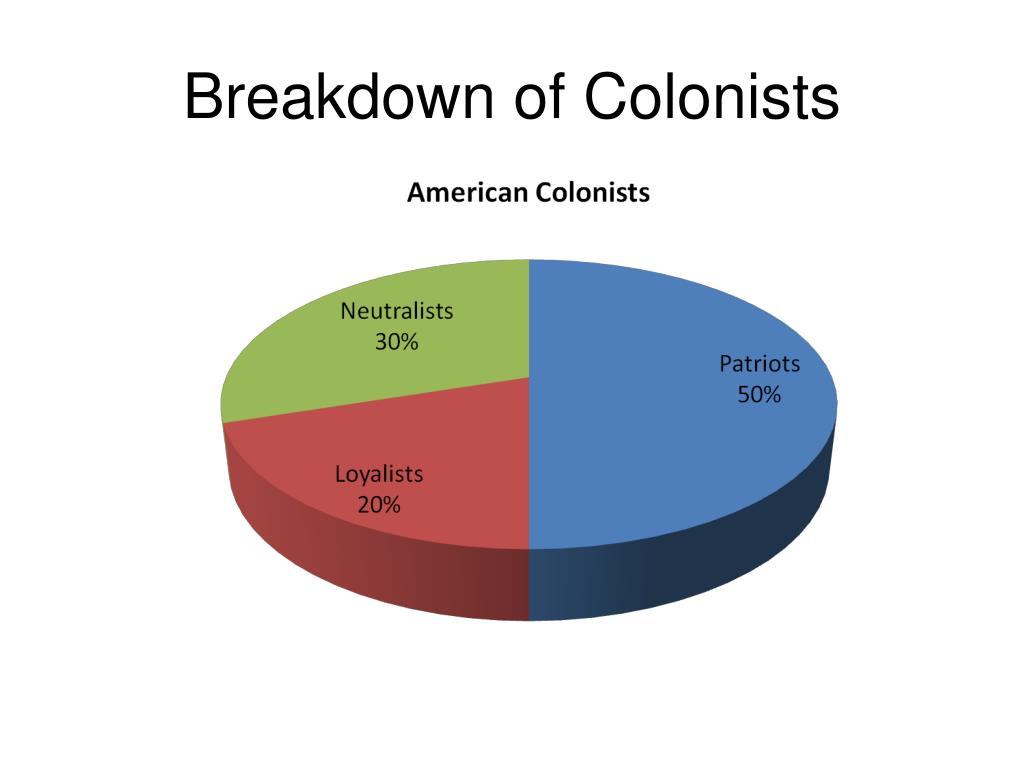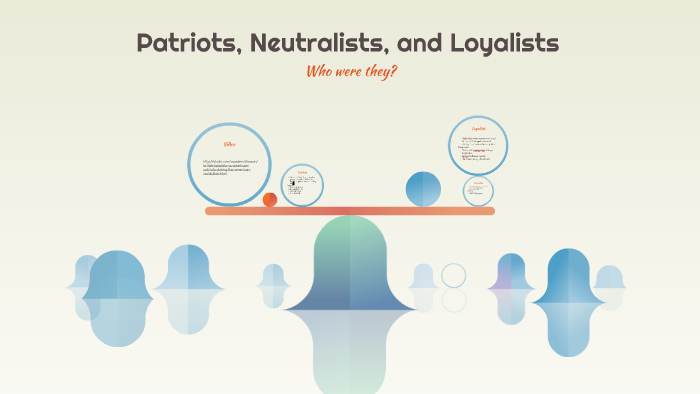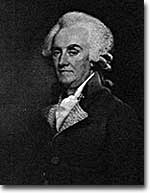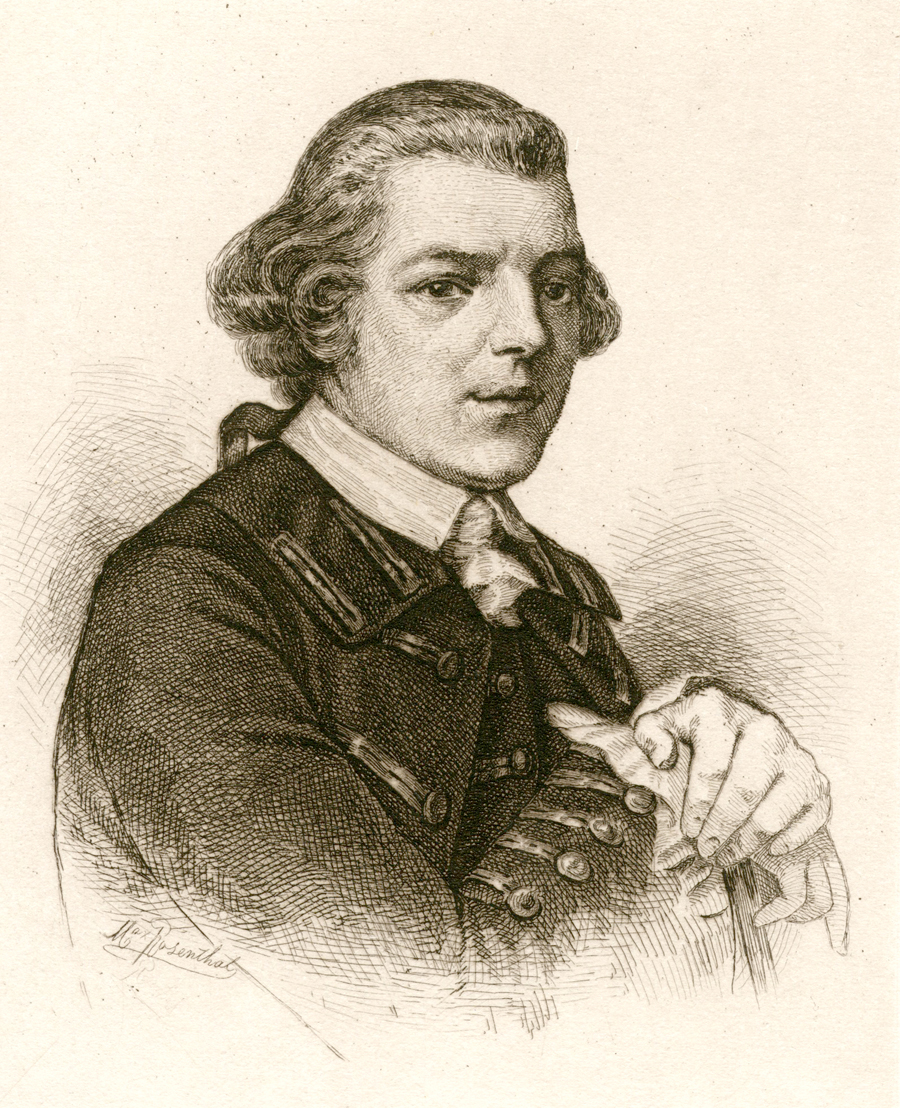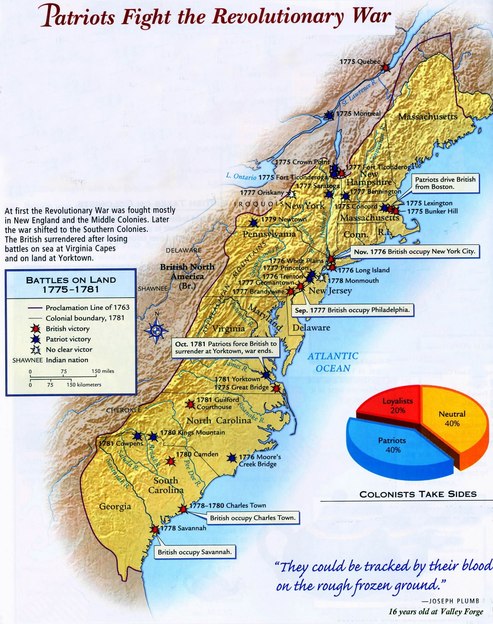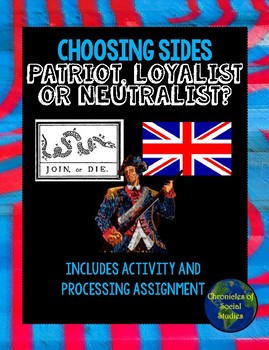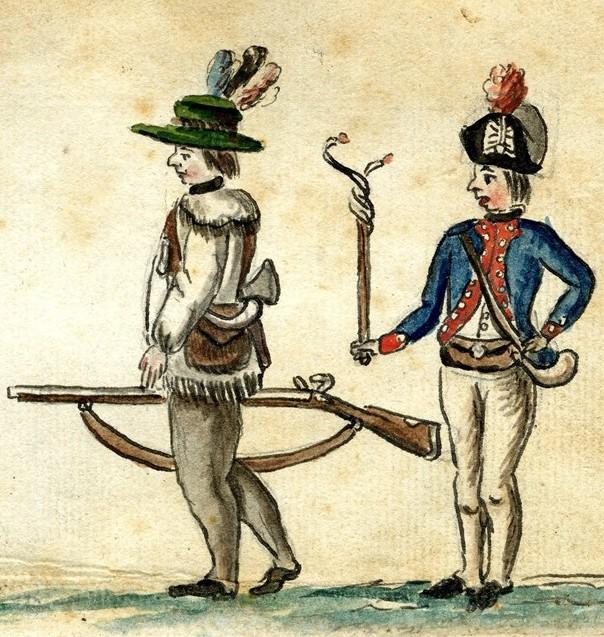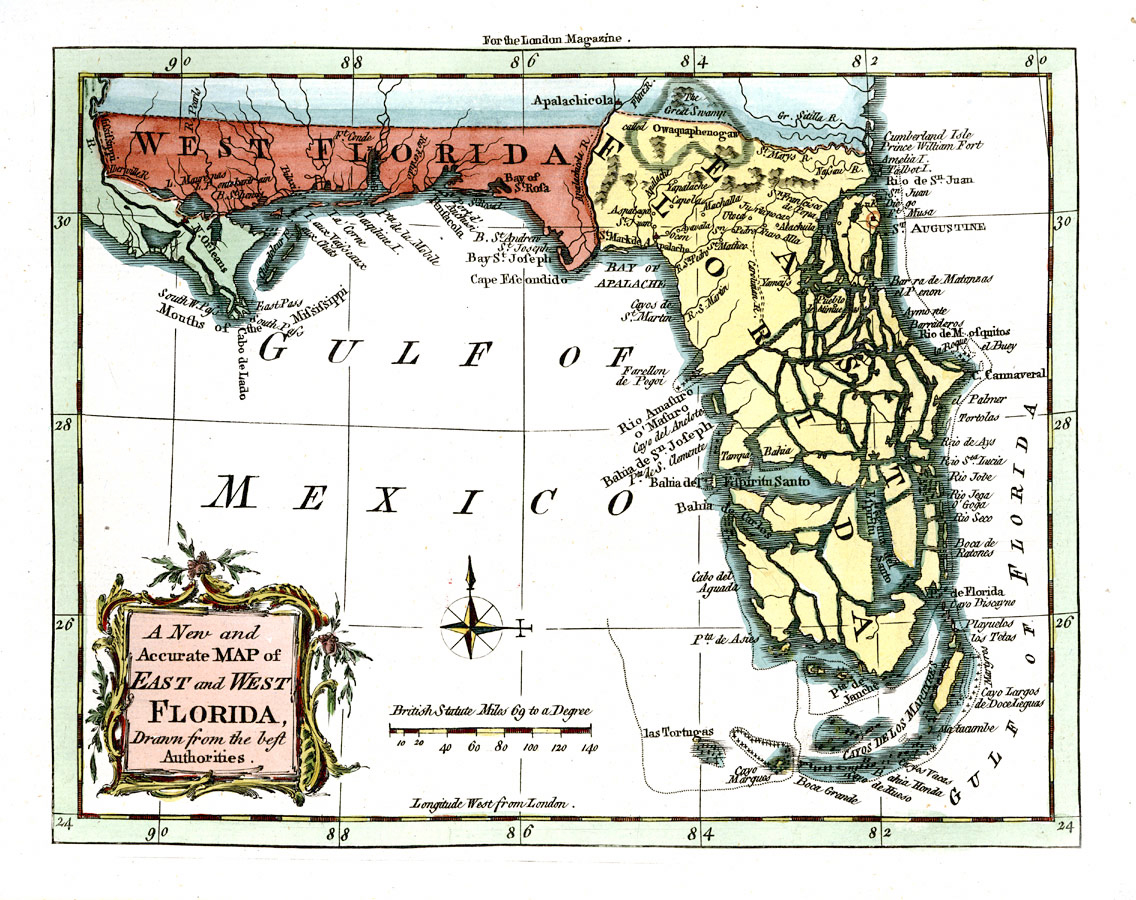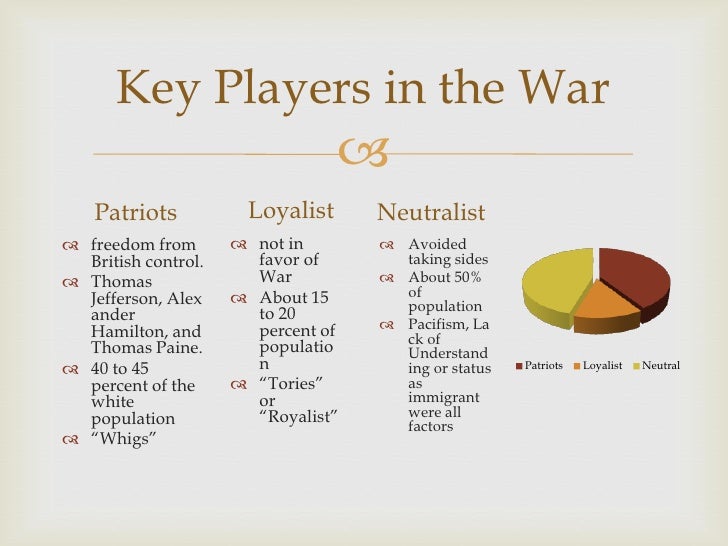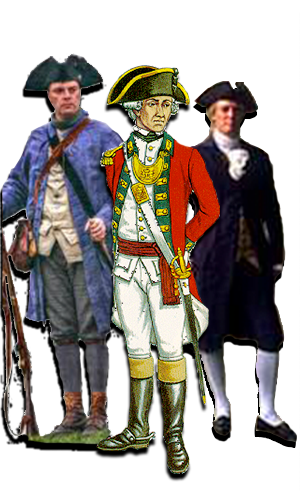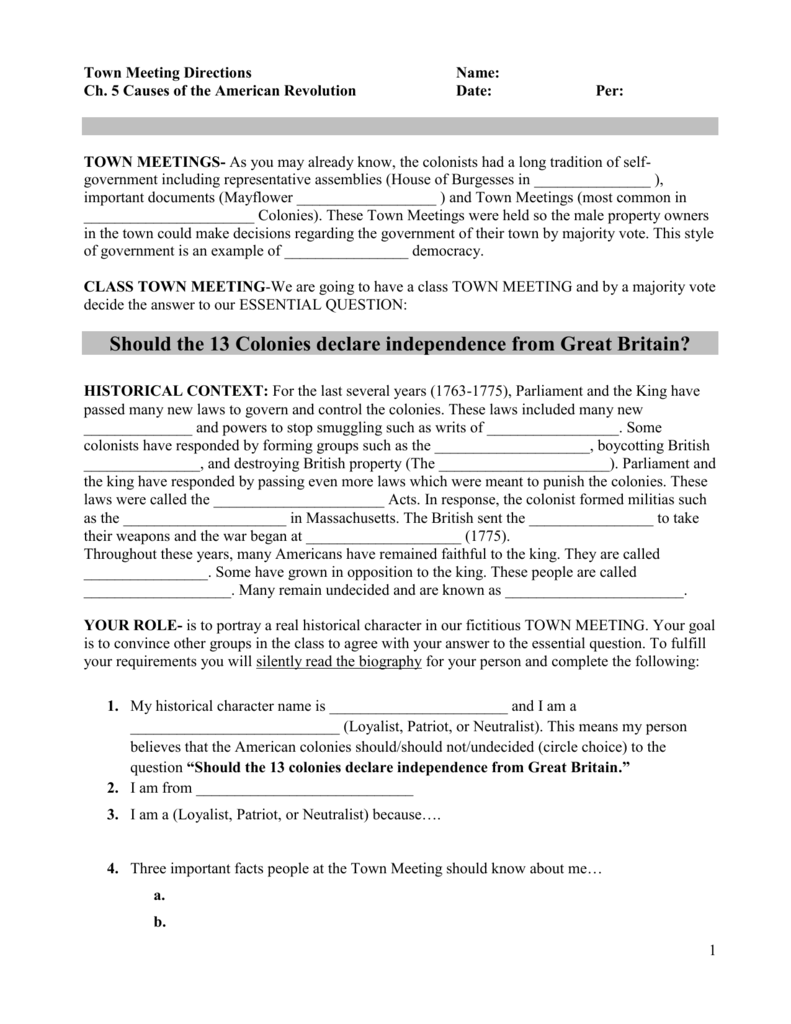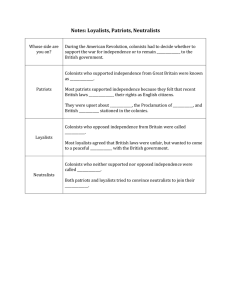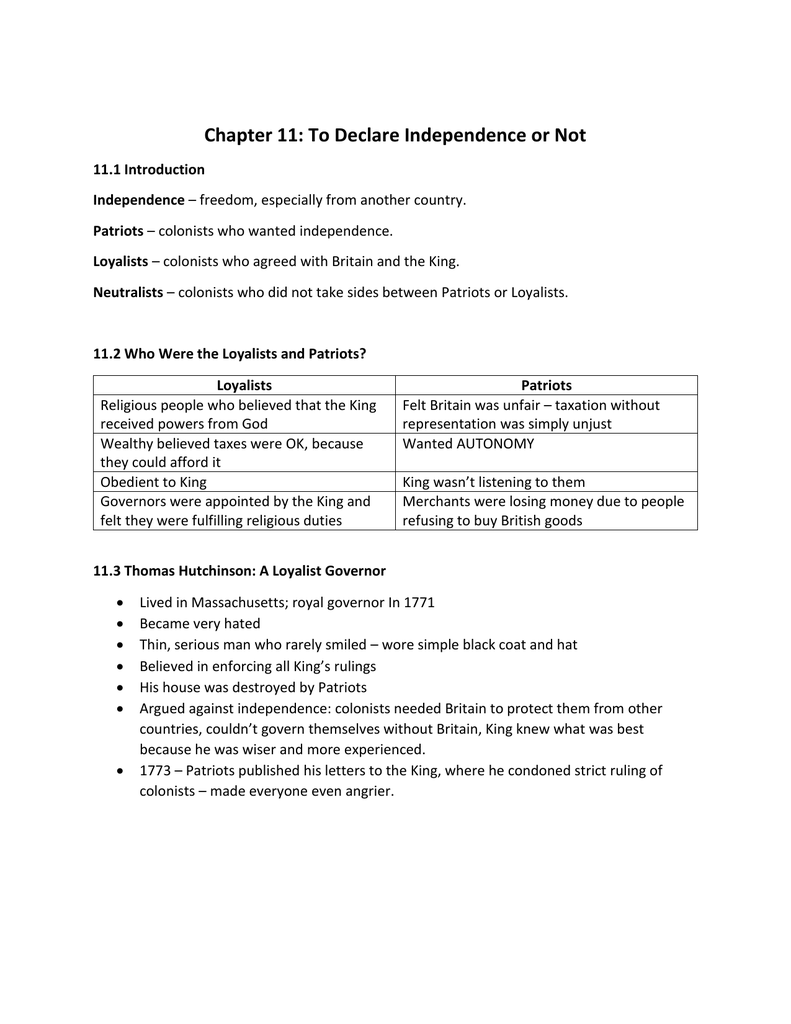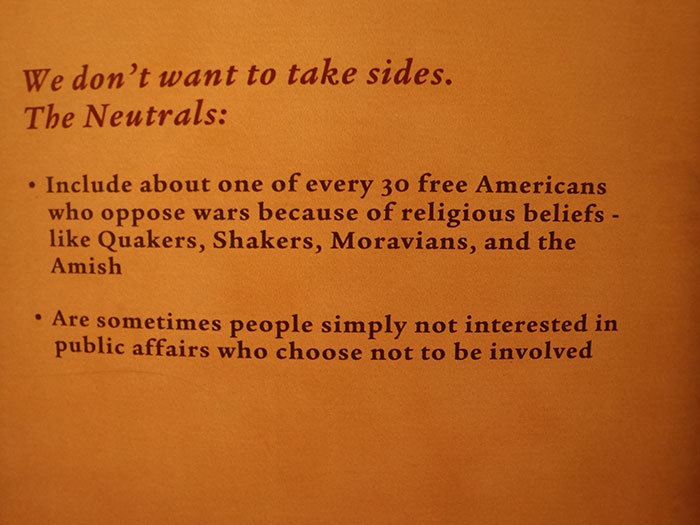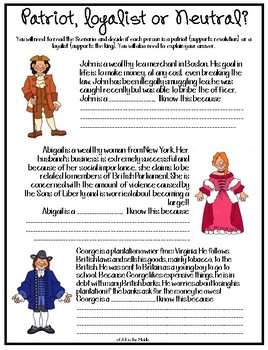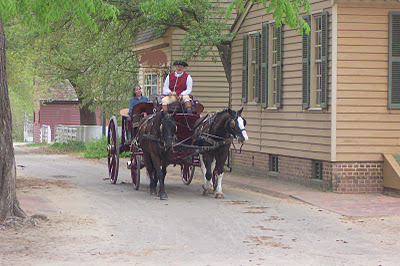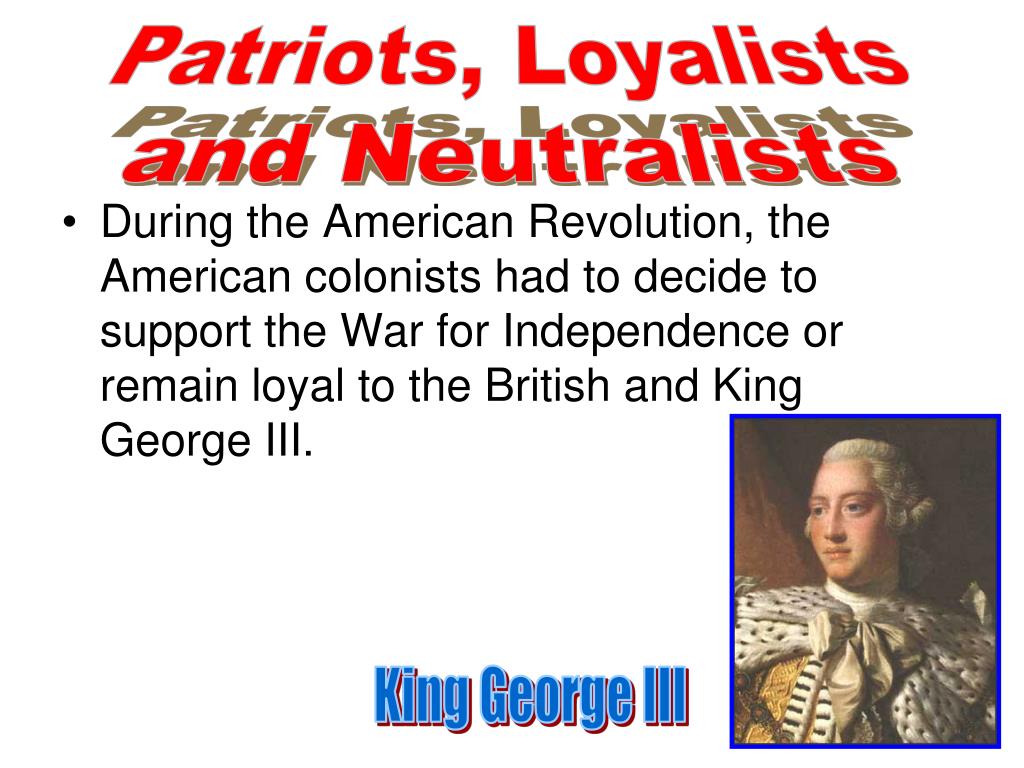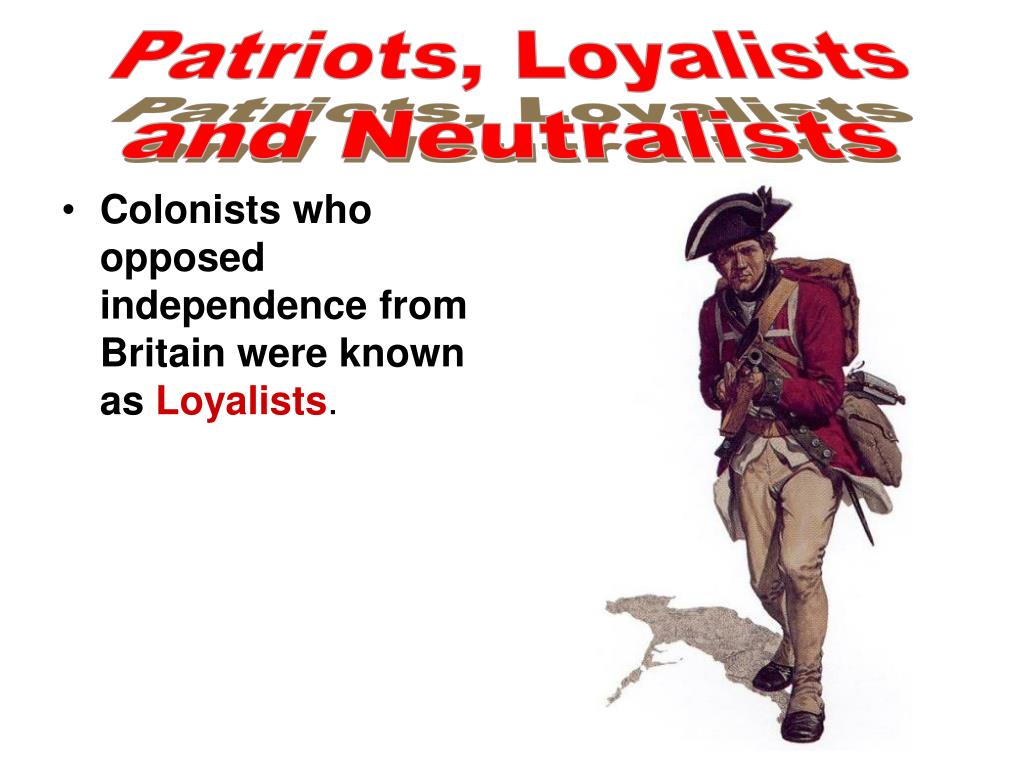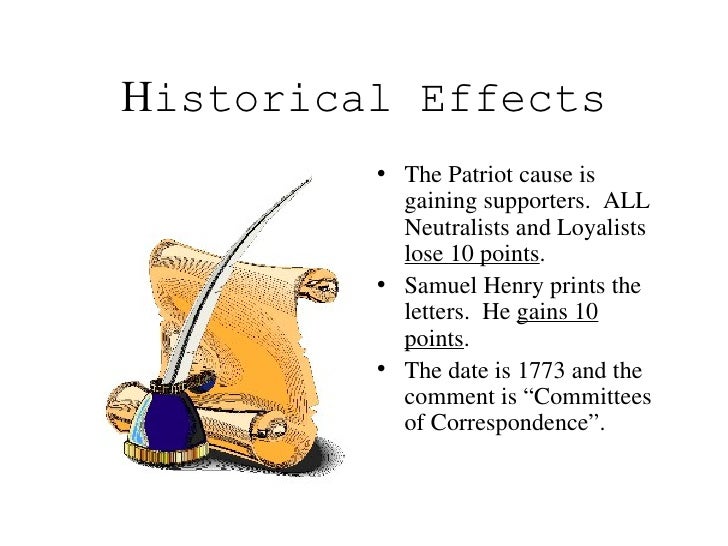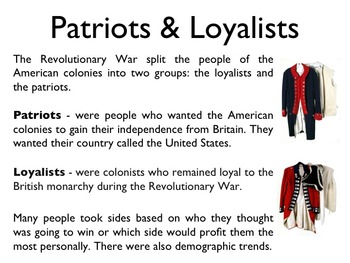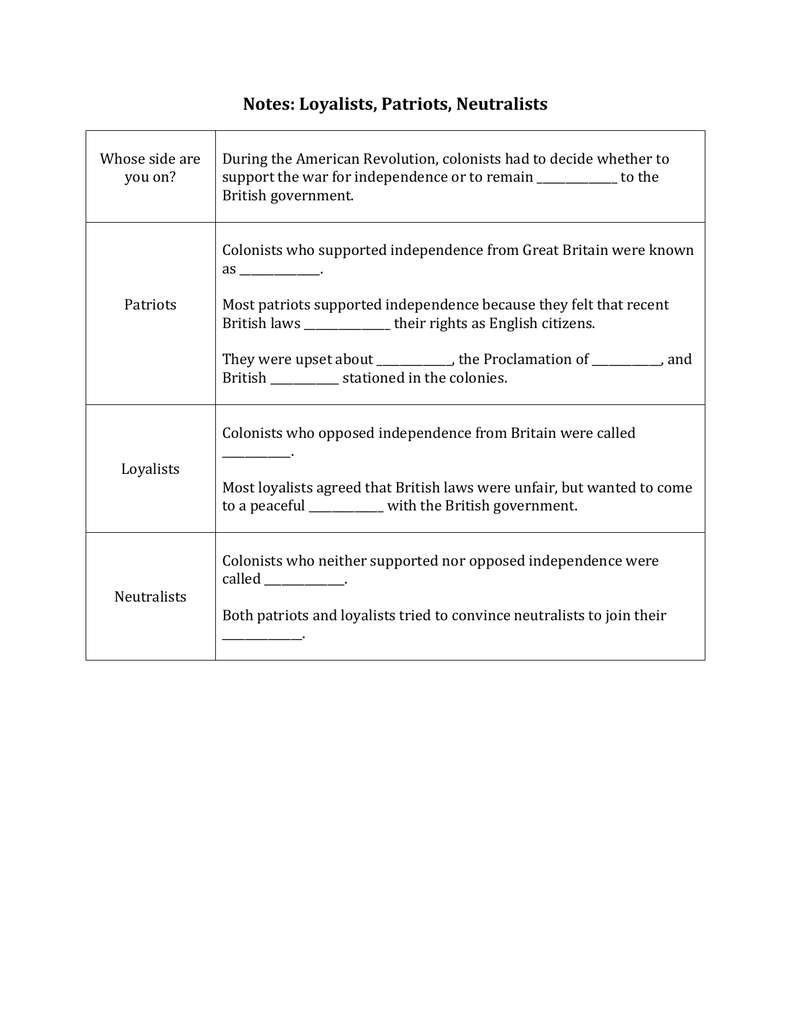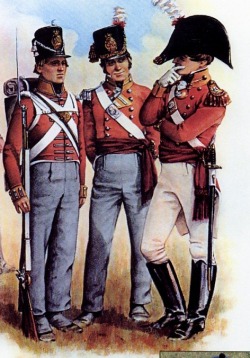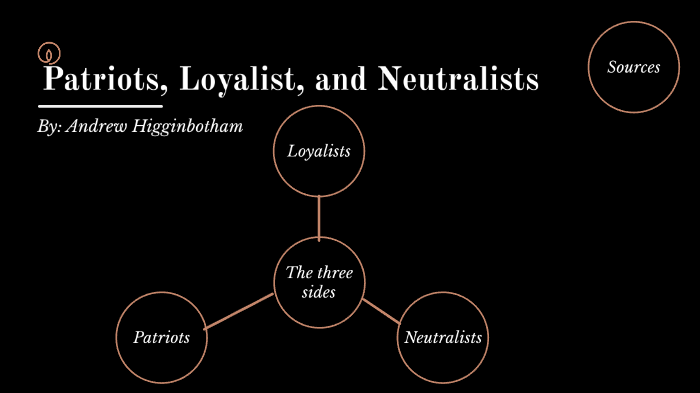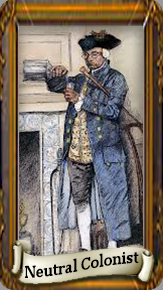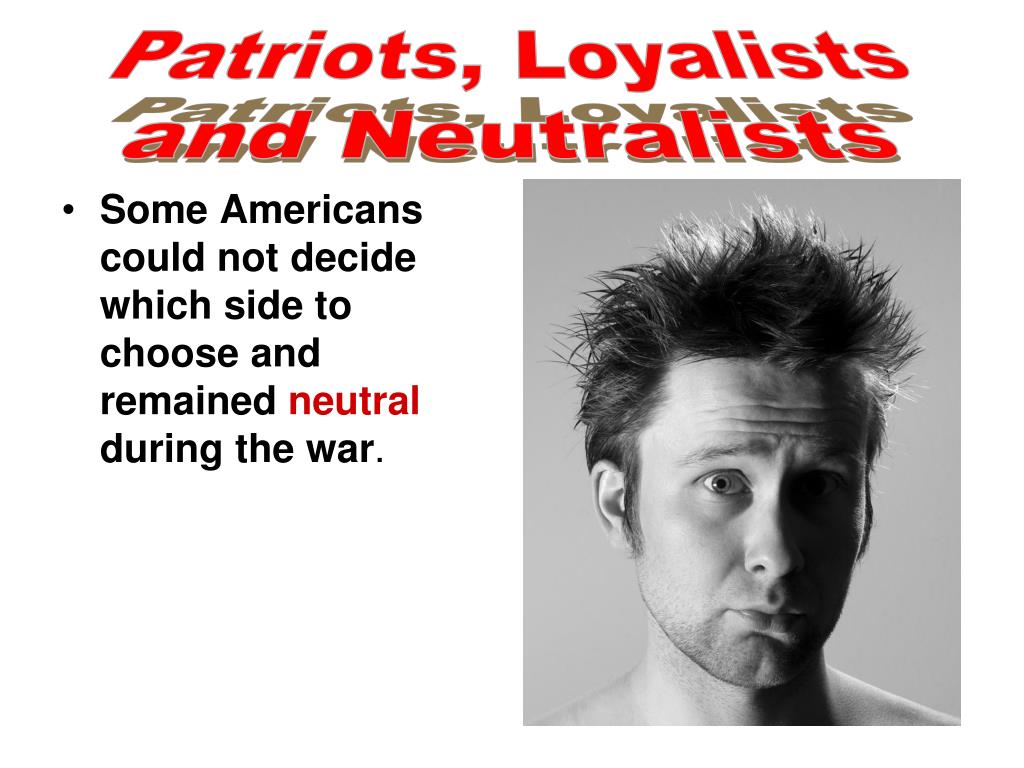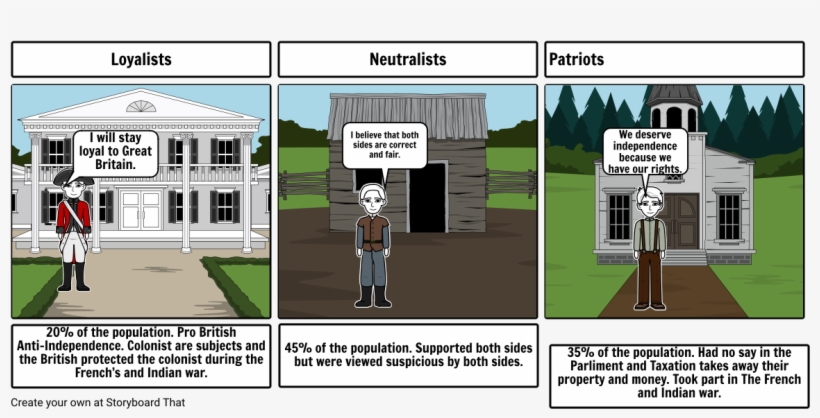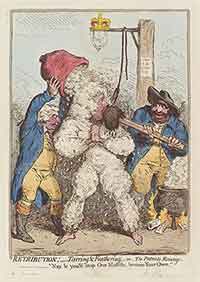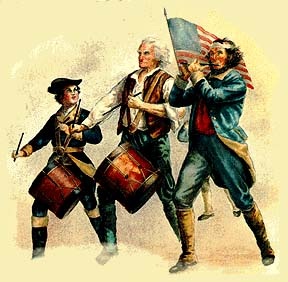Patriots Loyalists Neutralists American Revolution
A norton original in the reacting to the past series patriots loyalists and revolution in new york city invites students to experience the chaos of the american revolution.
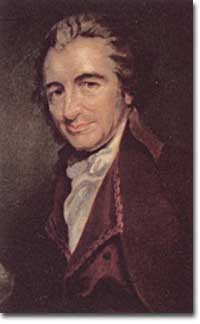
Patriots loyalists neutralists american revolution. Expectations for support were never fully met. Expectations for support were never fully met. In this reacting to the past game the classroom is transformed into new york city in 1775 where patriot and loyalist forces fight for advantage among a divided populace. They made up the remaining one third of american colonists during the revolution.
The american revolution not only separated neighbors and friends it devastated many families including the franklins. Often lost in a study of the revolution are the horrors of civil war among americans themselvesamong supporters of independence patriotswhigs opponents loyaliststories and the ambivalent americans who were angry with britain but opposed to declaring independence. Confronted with issues like bribery the loss of privacy and collapsing economic opportunity along with ideological concerns like natural rights. Benedict arnold was a general in the continental army who went to fight for the british.
Loyalists also known as tories or royalists were american colonists who supported the british monarchy during the american revolutionary war. In history classes today the patriot side of the revolution is more prominent. During the war british strategy relied heavily upon the misguided belief that the loyalist community could be mobilized into loyalist regiments. Another famous loyalist was joseph galloway who was the pennsylvania delegate to the continental congress but later worked for the british army.
Loyalists patriots and neutralists throughout the american revolution the colonists divided into three separate groups based on where their beliefs stood with the british. Patriots subjected loyalists to public humiliation and violence. Neutrals colonists who were too far away to fight or embraced the beliefs of both parties were referred to as neutralists. There were the patriots the loyalists and the neutralists.
William franklin pictured here a loyalist rarely if ever spoke to his patriot father ben after the war. During the war british strategy relied heavily upon the misguided belief that the loyalist community could be mobilized into loyalist regiments.





